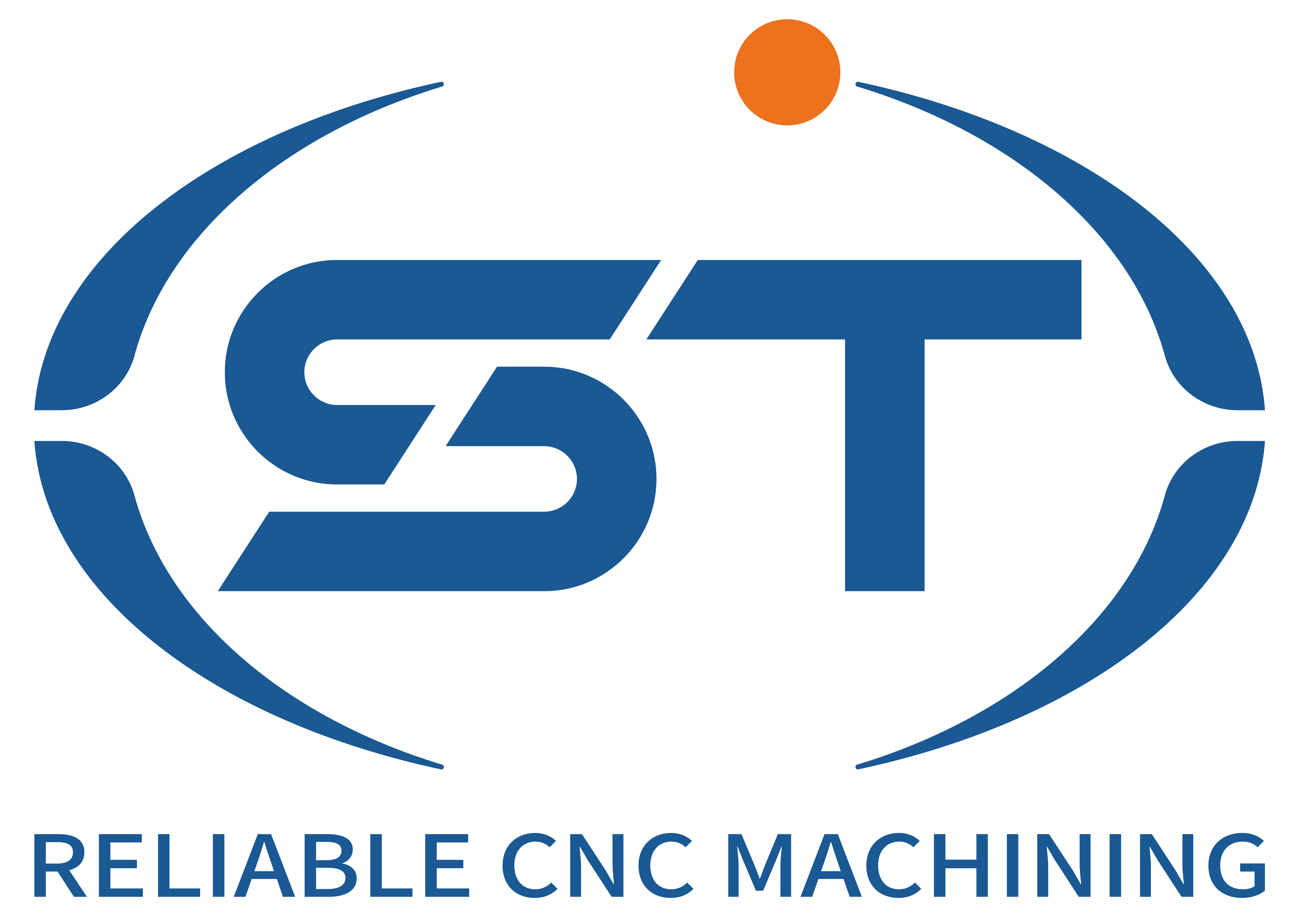Adaptive Control Technologies in CNC Machining for Automotive Components
The automotive industry’s pursuit of precision, efficiency, and sustainability has driven the adoption of adaptive control technologies in CNC machining. These systems dynamically adjust machining parameters in real time, optimizing processes to account for variations in material properties, tool wear, or machine performance. Below are key advancements and applications of adaptive control in automotive CNC workflows.
Table of Contents
ToggleReal-Time Adjustment of Cutting Parameters
Adaptive control systems continuously monitor machining conditions and automatically modify cutting parameters such as feed rate, spindle speed, or depth of cut. For example, if a sensor detects increased cutting forces due to hard spots in a workpiece, the system might reduce the feed rate to prevent tool breakage or surface defects. Conversely, if the material is softer than expected, the system could increase the feed rate to maintain productivity without sacrificing quality.
These adjustments are critical for automotive components with tight tolerances, such as engine blocks or transmission gears. Even minor variations in material hardness or thickness can lead to dimensional inaccuracies or tool wear. By responding instantly to changing conditions, adaptive control ensures consistent part quality and extends tool life.
Advanced systems use machine learning algorithms to refine parameter adjustments over time. By analyzing historical data, they can predict optimal settings for specific materials or geometries, further improving efficiency and reducing scrap rates.
Tool Condition Monitoring and Adaptive Compensation
Tool wear is a significant challenge in CNC machining, particularly for high-volume automotive production. Adaptive control systems integrate with tool monitoring sensors to track wear, temperature, or vibration in real time. If a tool shows signs of excessive wear, the system can automatically adjust cutting parameters to compensate—for instance, reducing the feed rate or increasing coolant flow to maintain performance.
In some cases, adaptive systems can even reroute parts to alternative machines or tools if a primary tool fails. This “fail-safe” capability minimizes downtime and ensures production continuity, which is essential in automotive manufacturing where line stoppages can be costly.
Tool condition monitoring also supports predictive maintenance. By logging tool performance data, manufacturers can schedule replacements before failures occur, avoiding unplanned downtime and reducing the risk of part defects.
Adaptive Control for Multi-Material and Hybrid Manufacturing
Modern automotive components often incorporate multiple materials, such as aluminum, steel, or composites, within a single part. Adaptive control systems excel in these multi-material scenarios by adjusting parameters to suit each material’s properties. For example, when machining a hybrid engine block with aluminum and cast iron sections, the system might switch between high-speed and low-force strategies to optimize performance for each material.
Adaptive control also supports hybrid manufacturing processes, such as additive-subtractive machining. In these cases, the system might adjust parameters based on the part’s evolving geometry—for instance, reducing cutting forces when machining near delicate additive-layered features.
This flexibility is particularly valuable for automotive prototyping or low-volume production, where part designs may change frequently. Adaptive control systems enable rapid adaptation to new materials or geometries without extensive reprogramming.
Integration with Digital Twins and Process Simulation
Adaptive control technologies are increasingly integrated with digital twin platforms, which create virtual replicas of CNC machines and processes. By simulating machining operations in real time, digital twins allow adaptive systems to test parameter adjustments virtually before applying them physically. This reduces the risk of errors and accelerates optimization.
For example, if an adaptive system detects a deviation in part dimensions, it might first simulate potential adjustments in the digital twin to determine the most effective solution. Once validated, the system can implement the change on the actual machine, ensuring seamless, error-free operation.
Process simulation also supports long-term process improvement. By analyzing simulated and actual data, manufacturers can identify opportunities to refine cutting strategies, toolpaths, or machine setups, driving continuous efficiency gains.
By leveraging adaptive control technologies, automotive manufacturers achieve higher precision, reduced waste, and improved productivity in CNC machining. From real-time parameter adjustments to tool condition monitoring and multi-material optimization, these systems ensure that machining processes remain efficient and reliable, even in the face of complex, high-stakes automotive production demands.




